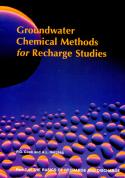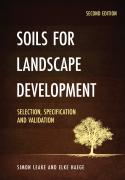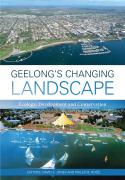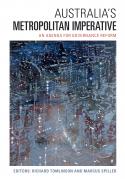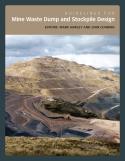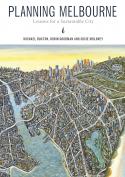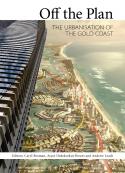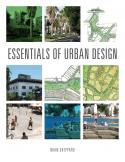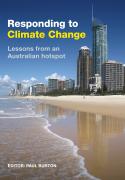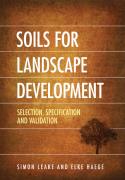These notes are restricted to those geochemical methods which have been used to quantify rates of groundwater recharge. There have been two main approaches. The first involves the use of mass balances and mixing cell models, mainly using conservative (non-reacting) dissolved species. The methods range in complexity from simple back-of-the-envelope calculations (zero-dimensional chloride mass balance), to complex three-dimensional computer models. The second approach seeks to estimate the age or residence time of the groundwater by measuring compounds which are radioactive, or whose input to the aquifer has been changing over time (chlorofluorocarbons).
In this report, the methodology and case examples are described. References to further information on the techniques are also provided.
- Page 1Abstract
Concentrations of major and minor ions, and stable and radioactive isotopes have been used extensively in hydrological investigations over the past few decades. Groundwater dating has been used to estimate horizontal flow velocities in confined aquifers and recharge rates to unconfined aquifers. Changes in concentrations of conservative tracers along groundwater flowlines have been used to determine mechanisms and magnitudes of inputs and outputs to aquifers (recharge, discharge, and leakage between aquifers) as well as chemical interactions between the groundwater and the rocks through which it travels.
These notes are restricted to those geochemical methods which have been used to quantify rates of groundwater recharge. There have been two main approaches. The first involves the use of mass balances and mixing cell models, mainly using conservative (non-reacting) dissolved species (3H, 2H, 18O, chloride). The methods range in complexity from simple back-of-the envelope calculations (zero-dimensional chloride mass balance), to complex three-dimensional computer models. The second approach seeks to estimate the age or residence time of the groundwater by measuring compounds which are radioactive (l4C), or whose input to the aquifer has been changing over time (chlorofluorocarbons).
In this report, the methodology and some case examples are described. Several references to further information on the techniques are also provided.


